Everybody yearns for comfortable and aesthetically pleasing living spaces. Typically, the focus is directed towards the architectural design and interior furnishings. Yet, did you ever pause to consider that, beyond the usual building materials, metal structures can offer a surprisingly cozy residential experience?
A metal building, in essence, is a robust framework composed entirely of metal or steel, both for its structural core and its outer shell. This metal-centric approach sets it apart from conventional buildings, which may incorporate various materials in their construction.
Conversely, a metal-framed building, while featuring a metal skeleton, diverges when it comes to its external facade. Such structures often incorporate wood and concrete, among other materials, for their exterior cladding.
The concept of metal-based construction gained traction during the early 20th century, and its popularity endures to this day. The driving force behind this choice lies in its remarkable cost-effectiveness. Indeed, erecting a metal dwelling proves more economical compared to constructing a conventional house.
Furthermore, metal lends itself admirably to customization. Unlike structures framed in concrete or wood, metal constructions are notably pliable when it comes to modifications. They also tend to demand less ongoing maintenance while delivering robustness and security.
Presently, it is not uncommon to find residential quarters nestled within metal buildings or metal-framed structures. This burgeoning trend offers a novel option within the construction industry, and it is readily accessible in today’s market.
Hence, the practice of fashioning a metal building with integrated living quarters is gaining considerable popularity. To provide you with a comprehensive understanding of this trend, it’s essential to weigh the pros and cons of residing in such metal abodes.
Advantages of Metal Buildings with Living Quarter
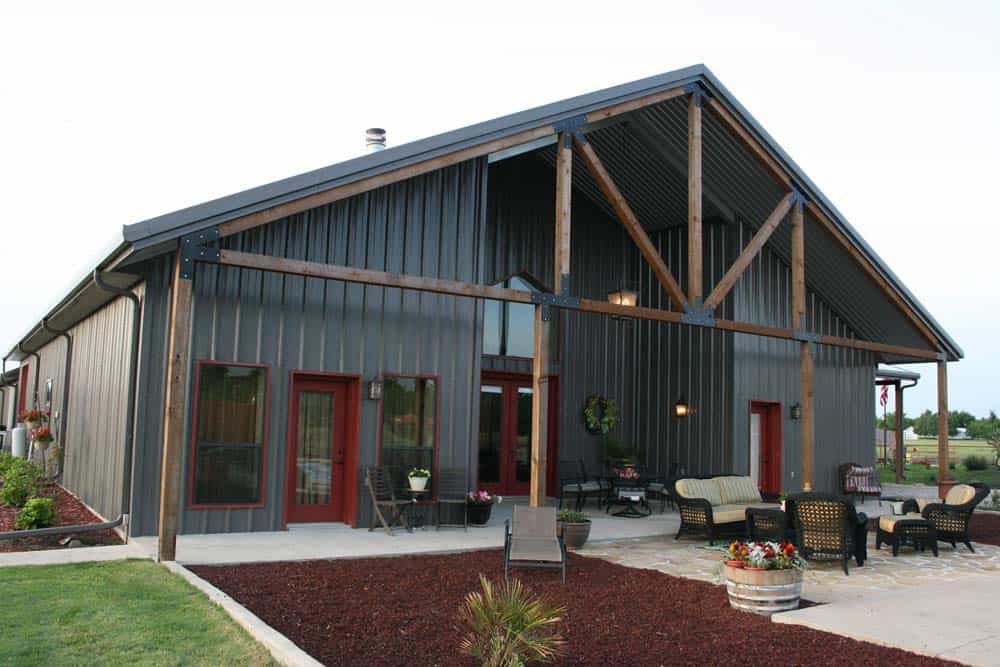
Certainly, metal buildings with integrated living spaces present an irresistible solution for certain individuals. Their myriad benefits are undeniable, rendering every aspect of the process, from conception to upkeep, remarkably straightforward and advantageous. If you’re contemplating the prospect of owning one, we urge you to take the following factors into thoughtful consideration:
1. Metal Buildings Have More Durability
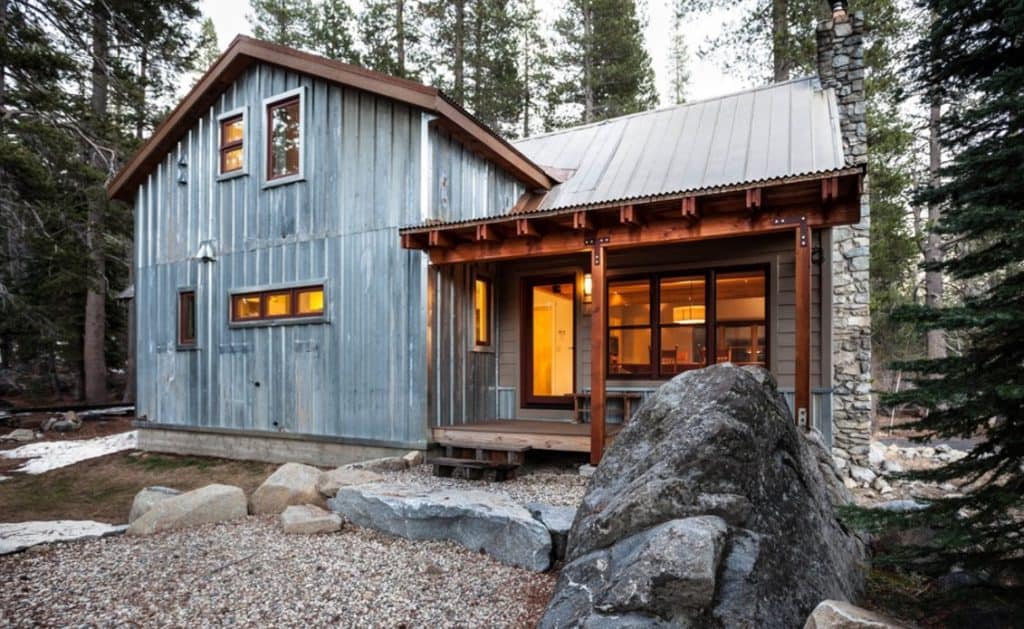
The resilience of steel is truly remarkable:
Capable of withstanding wind speeds of up to 150 miles per hour, it remains impervious to external damage, preserving both its exterior and foundation integrity. Such fortitude equips it to withstand forces akin to those generated by an F2 tornado or Category 4 hurricane.
Moreover, steel demonstrates exceptional seismic stability, achieving a classification of approximately zone 4, the highest rating for seismic resistance. This attribute ensures structural integrity even in regions prone to significant seismic activity.
When it comes to upkeep, metal buildings and their components demand little attention to endure for extended periods. Their durability translates to years of service with minimal maintenance requirements.
Adding to its merits, steel exhibits flame-retardant properties, offering a heightened level of fire resistance. Additionally, rodents face formidable obstacles when attempting to chew through this robust material.
2. Less Construct Time
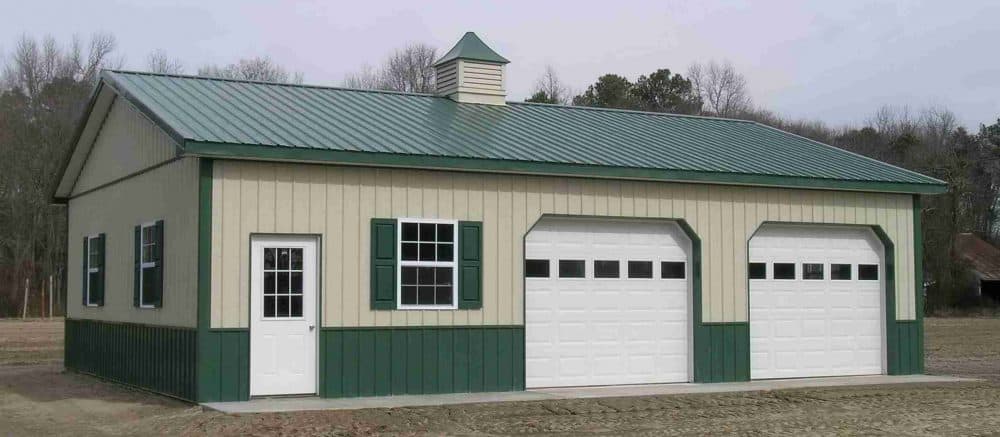
The creation of a pre-fabricated or pre-engineered steel structure only commences once the plans have been firmly established. After its production, the structure can be conveniently assembled at the manufacturing facility for quality control measures. Subsequently, it can be disassembled and swiftly reassembled on your designated property.
This expedited assembly process translates into reduced labor expenses, notwithstanding the specialized skills required for constructing a metal structure.
3. More Sustainable
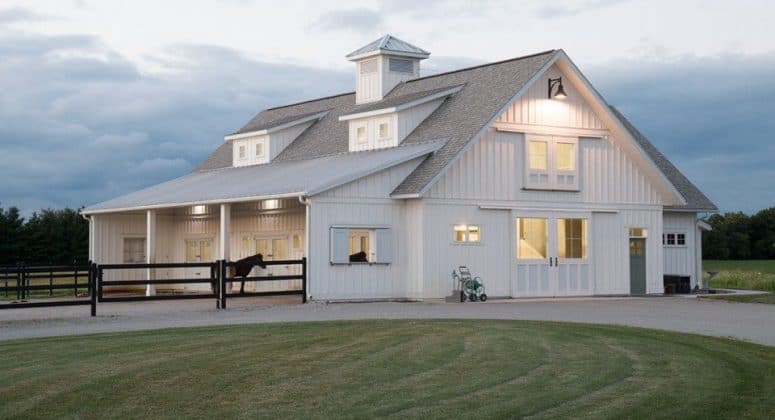
Steel comprises a combination of iron and carbon, with trace amounts of other elements incorporated as required to achieve the desired level of hardness. Importantly, steel contains no hazardous chemicals, making it an environmentally friendly choice.
Furthermore, steel stands out as a 100% recyclable material, with the majority of the steel available today consisting of more than 85% recycled content. When it eventually undergoes recycling, steel demands no additional processing. This remarkable feature allows steel to be recycled repeatedly, without any degradation of its inherent strength.
4. Metal Buildings Are Easily Expandable and Flexible
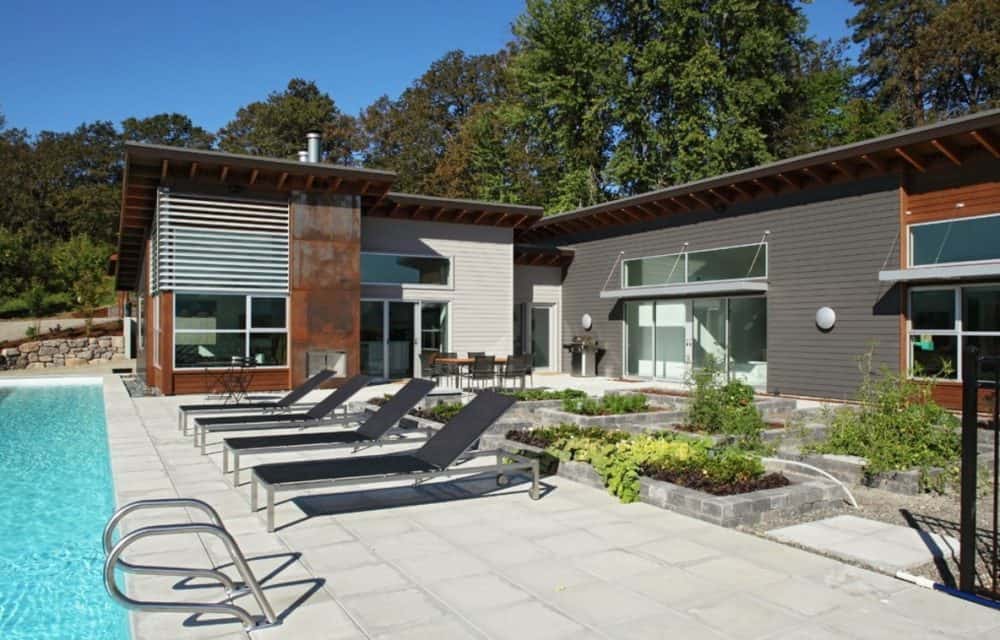
The versatility of steel buildings is truly remarkable, as they can be tailored to assume nearly any desired shape. Moreover, should the need arise, these structures can be swiftly expanded by incorporating additional framework and panels. In the event of your business experiencing growth, the ability to create a larger space effortlessly is at your disposal.
Furthermore, should the purpose of the space within the steel building change over time, steel’s adaptability shines through. It offers ease of modification while maintaining its inherent durability.
5. More Energy-Efficient
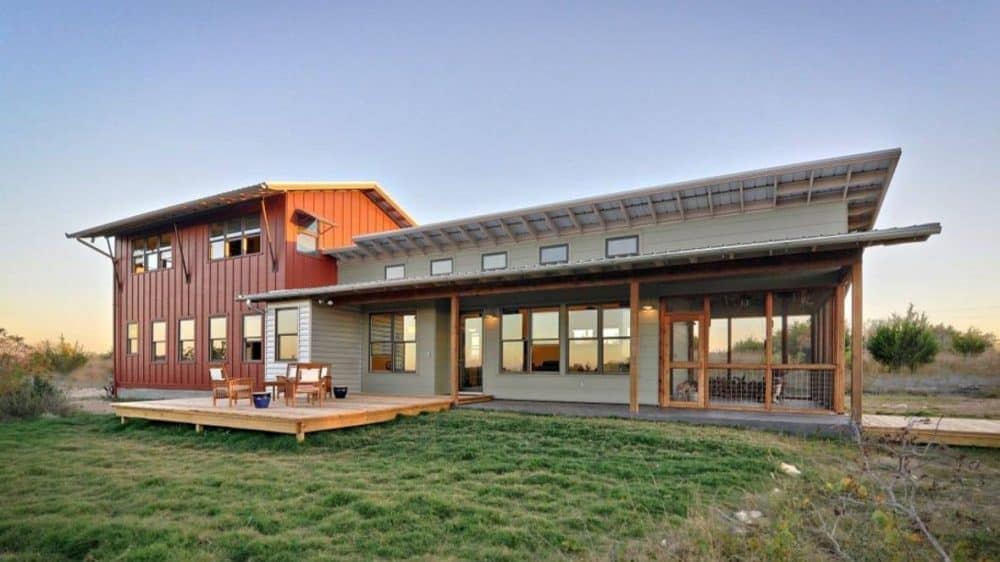
Metal frames lend themselves seamlessly to insulation. There exists ample space between the frame members and the panels, facilitating the installation of insulation that snugly fits within these frame members. This insulation plays a pivotal role in maintaining a comfortable temperature within the building, thereby reducing the need for extensive heating and cooling systems.
Additionally, by opting for white or light-colored roof panels, you can harness the power of sunlight reflection during the scorching summer months, resulting in reduced cooling costs. This choice proves especially advantageous if your living quarters are situated on the second floor. Furthermore, the option to select reflective finishes further enhances the cooling effect, ensuring a more comfortable interior environment.
6. You Can Make It Very Personal
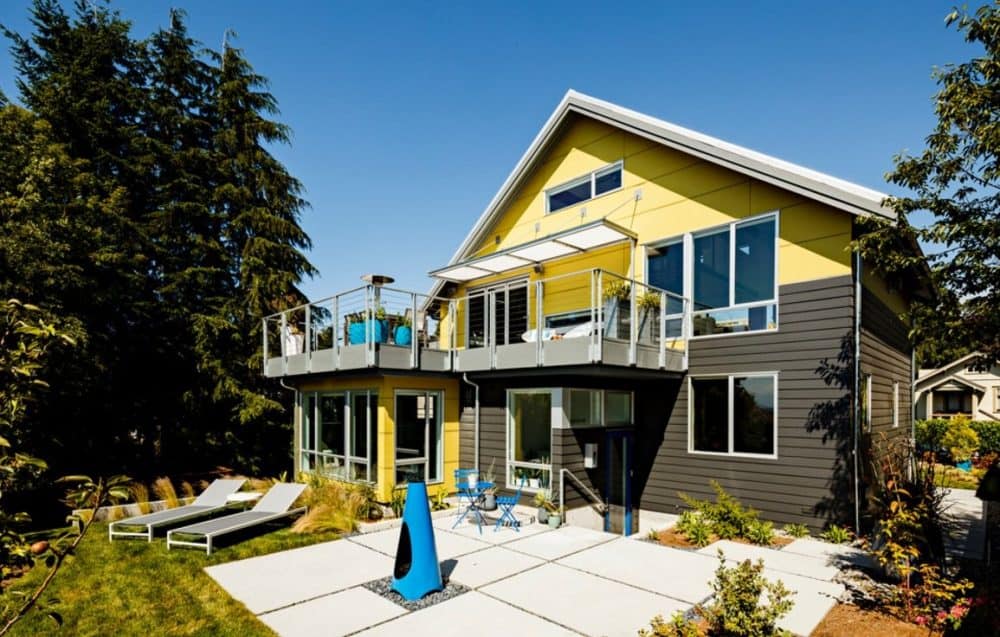
It’s possible that you’ve encountered the misconception that metal buildings lack customization options. However, this couldn’t be farther from reality. Regardless of your vision for the appearance of your structure, it can indeed be tailored to your specifications. By incorporating the appropriate accessories and enhancements, you have the flexibility to transform your building into anything you desire, whether it’s resembling a spacious shed or an intricate French Colonial-style structure.
Metal Building with Living Quarters Disadvantages
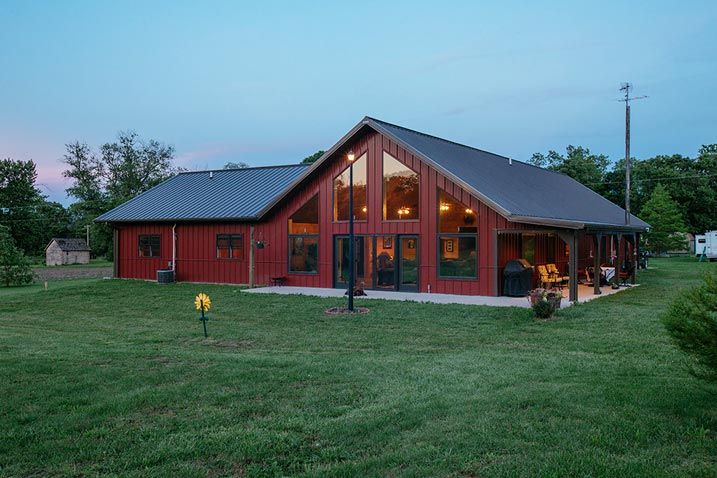
While the advantages of constructing a metal building with integrated living spaces are numerous, it’s crucial to acknowledge that such structures do come with their own set of disadvantages. By gaining a comprehensive understanding of these drawbacks, we can make a more informed decision when choosing between a traditional building and a metal structure. Below, we outline the disadvantages of a metal building with living quarters:
1. You Wouldn’t Want The Molds
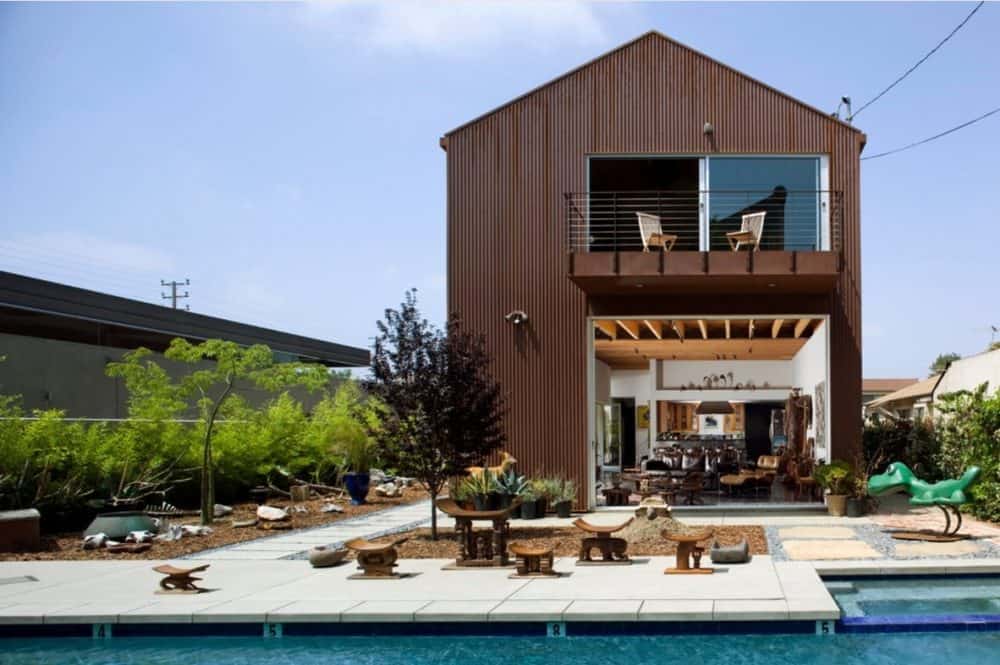
In chilly climates, steel has a tendency to retain moisture. In the absence of adequate insulation, this moisture can become trapped within the steel framework, ultimately resulting in unsightly blemishes commonly referred to as “ghost marks.” These marks materialize as a result of moisture condensation.
Furthermore, metal building residences can inadvertently foster an ideal environment for the growth of molds. This not only poses health and hygiene concerns but also leads to unpleasant odors and unsightly appearances. The process of remedying mold issues is not only costly but also time-consuming, potentially translating into substantial long-term expenses.
2. Your Health Might Be Affected

For individuals with allergies to metal or the paint used for its finishing, it’s advisable to exercise caution when considering this type of construction. Metal or the specific paint finishes applied to it can potentially trigger severe irritations in those who have allergies, and this issue can be exacerbated by the presence of molds.
Mold infestations not only emit unpleasant odors but also pose a considerable health risk. Prolonged exposure to molds can be particularly hazardous for some individuals. Allergic reactions to metal or its coating paint commonly manifest as symptoms like sneezing, sudden asthma attacks, fever, and coughing.
People with heightened sensitivity may encounter more severe health-related problems, possibly stemming from the specialized oils or paints used in steel finishing by manufacturers. This, in turn, may lead to heightened irritation in those with allergies.
Moreover, molds should not be dismissed solely for their unsightly appearance; extended exposure to mold-laden environments can indeed be perilous and contribute to various health issues, including sneezing, coughing, asthma attacks, and fever, particularly in individuals with sensitivities.
3. You May Feel Unpleasant
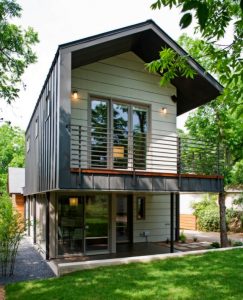
Metal structure homes undergo a distinctive construction process when juxtaposed with the conventional residences most people are accustomed to living in. It’s worth contemplating the possibility that extended occupancy in such a dwelling might engender a sense of discomfort. Consequently, when embarking on the interior design of your metal structure home, it may necessitate a concerted effort to attune your mindset accordingly.
It’s an established fact that metal frames don’t invariably exude the aesthetic charm or coziness often associated with traditional dwellings, and this poses a frequent challenge for both homeowners and their design professionals.
4. Know The Extra Expenses
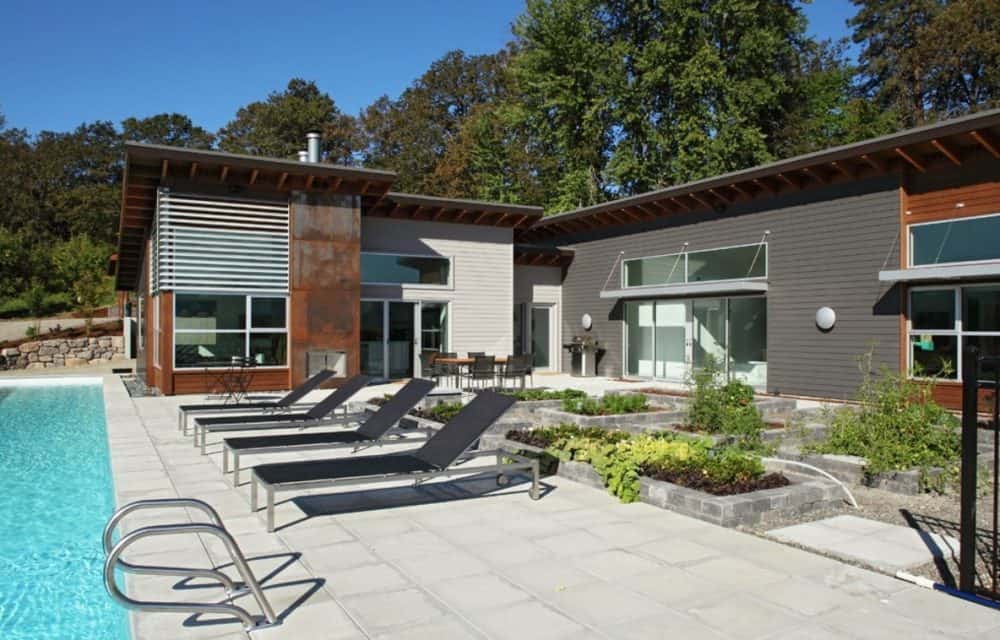
Constructing a metal structure that integrates living spaces offers an economical option. However, are you well-versed in the methods required for its maintenance? It’s imperative to ensure that your structure receives meticulous care and upkeep. If you find yourself uncertain about the maintenance procedures, it is advisable to seek assistance from experienced contractors. These professionals possess a wealth of expertise in the maintenance of metal buildings and can provide invaluable guidance in preserving your investment.
5. Money, money, money
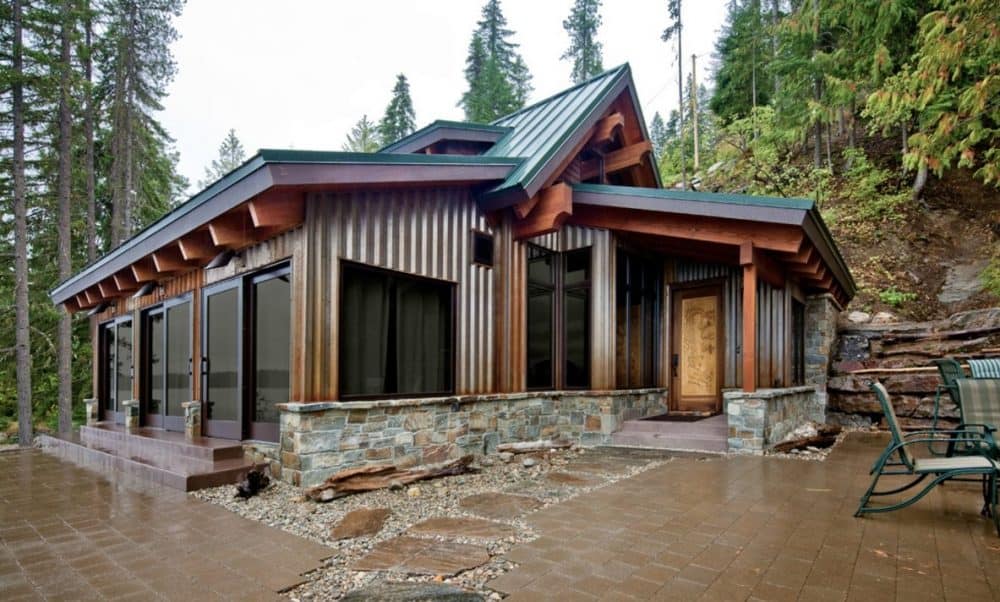
In the past, steel materials used to command a higher price tag than lumber, but today, the costs have largely equalized. However, it’s crucial to recognize that the expenses associated with labor and the overall process of erecting a traditional steel building are considerably higher. Metal structures demand precision and accuracy, qualities that can only be achieved through the expertise of seasoned professionals, whose services are in high demand, consequently leading to elevated costs.
Additionally, when working with steel, the necessity for various screwing and bolting techniques comes into play, often requiring the use of expensive equipment. This stands in stark contrast to the simplicity of hammer and nails used in wood construction. Consequently, when you factor in labor costs, the total expenditure for creating a pristine metal structure with living quarters tends to be relatively high.
6. Be Friends With Bills
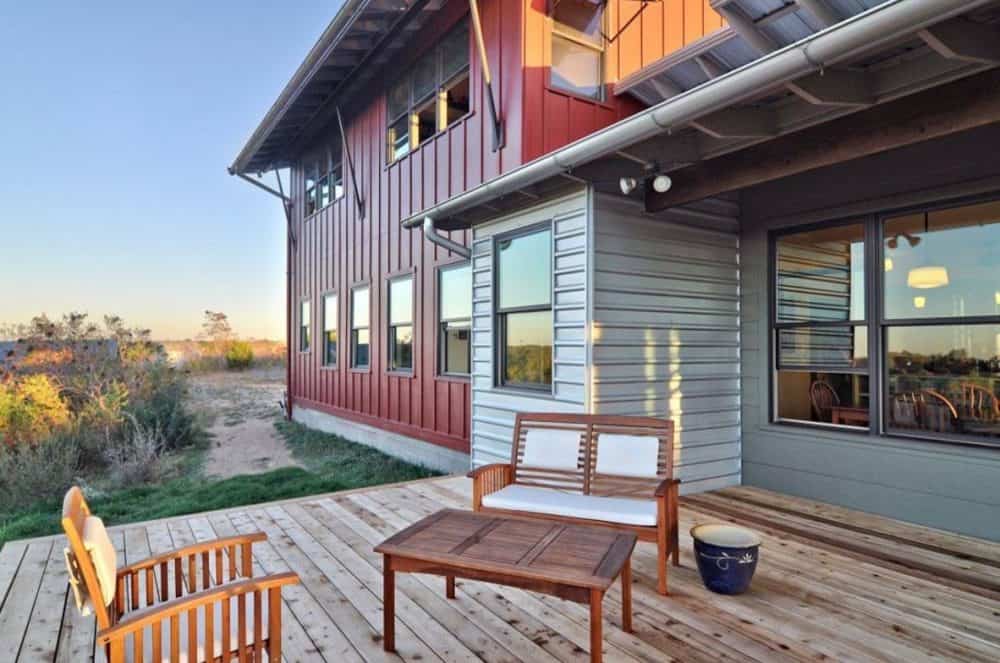
Metal frames exhibit a limited capacity for energy efficiency, as they tend to conduct and dissipate heat. This becomes particularly problematic during the winter season, as the heat generated indoors may dissipate rapidly, culminating in elevated heating costs. To mitigate this issue, it is imperative to prioritize super-insulation during the construction of a metal building with living quarters. However, it’s essential to acknowledge that this endeavor can entail substantial costs, necessitating a significant investment. Failure to do so might leave you grappling with uncomfortable indoor temperatures and the burden of exorbitant utility bills.
So, Do You Plan to Have Metal Buildings with Living Quarters?
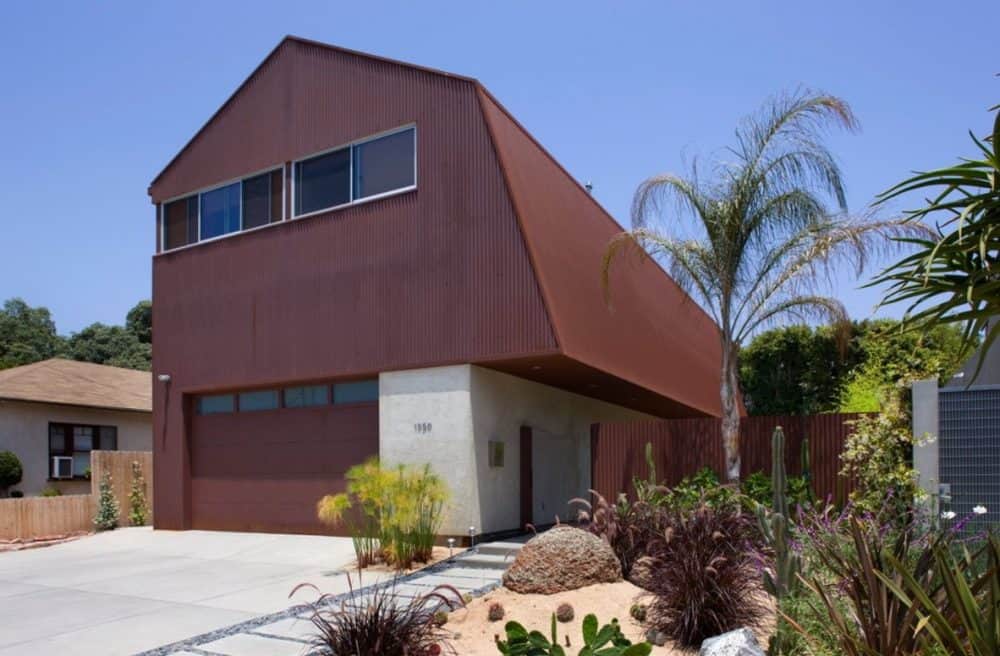
Metal buildings incorporating living quarters offer a plethora of advantages. The ability to tailor your layout and design allows you to create the most comfortable and personalized living space. Constructing such a structure is an engaging and straightforward process. These three pivotal factors should guide you in making the optimal choice for your family’s needs.
To embark on crafting the ideal structure, it’s advisable to collaborate with experienced contractors. Share your vision and plans with them to ensure the creation of a truly comfortable metal building with integrated living quarters. Typically, initial consultation sessions with builders are complimentary, providing an excellent opportunity to align your vision with their expertise. Prior to reaching out to any builders, it’s prudent to draft your building’s design and layout, as this will serve as a valuable reference point in the customization process.
Above all, what matters most is identifying your desires, requirements, and garnering input from your family regarding metal buildings with living quarters. Their preferences and needs should be central to the decision-making process.
In conclusion, if you’re contemplating the use of metal as the primary material for your future home, it’s essential to consider the aforementioned points. Additionally, it’s worthwhile to thoroughly explore the numerous advantages associated with this choice before finalizing your decision on whether to proceed with the construction of a metal building with living quarters. Rest assured, a multitude of companies are available to help you navigate this decision-making process and provide you with the best possible solution.